Animals that can change colour
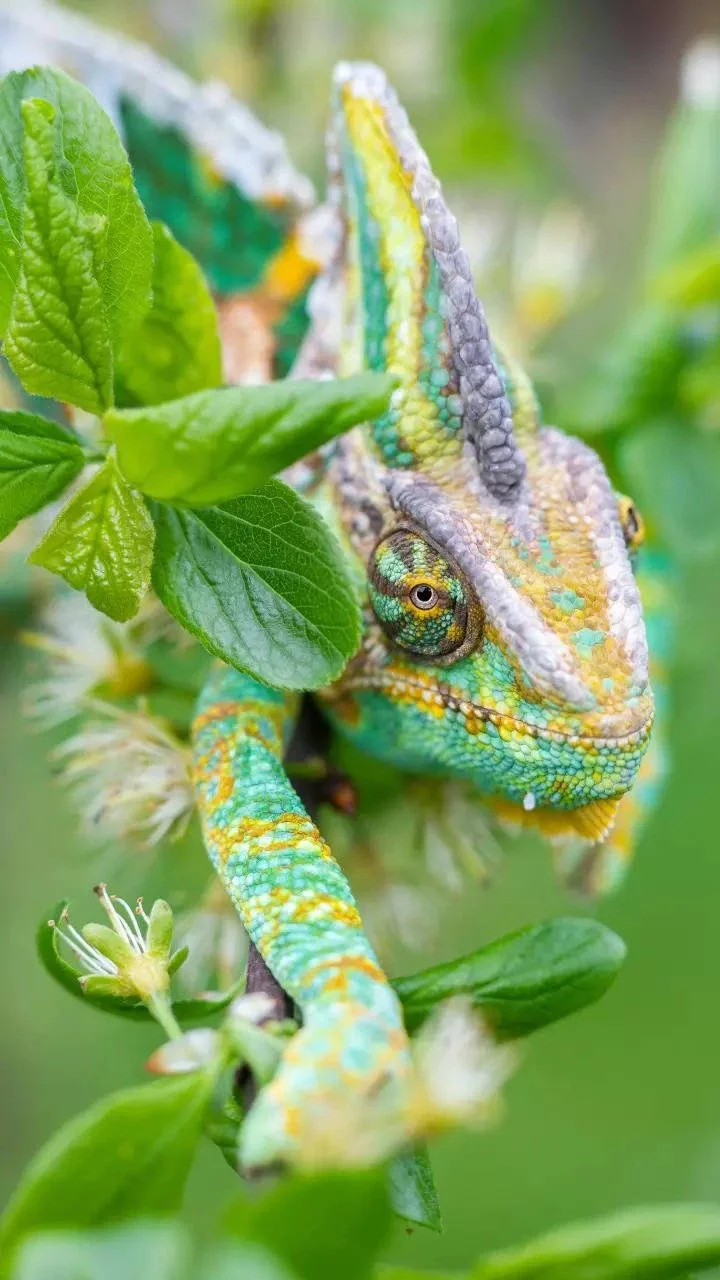
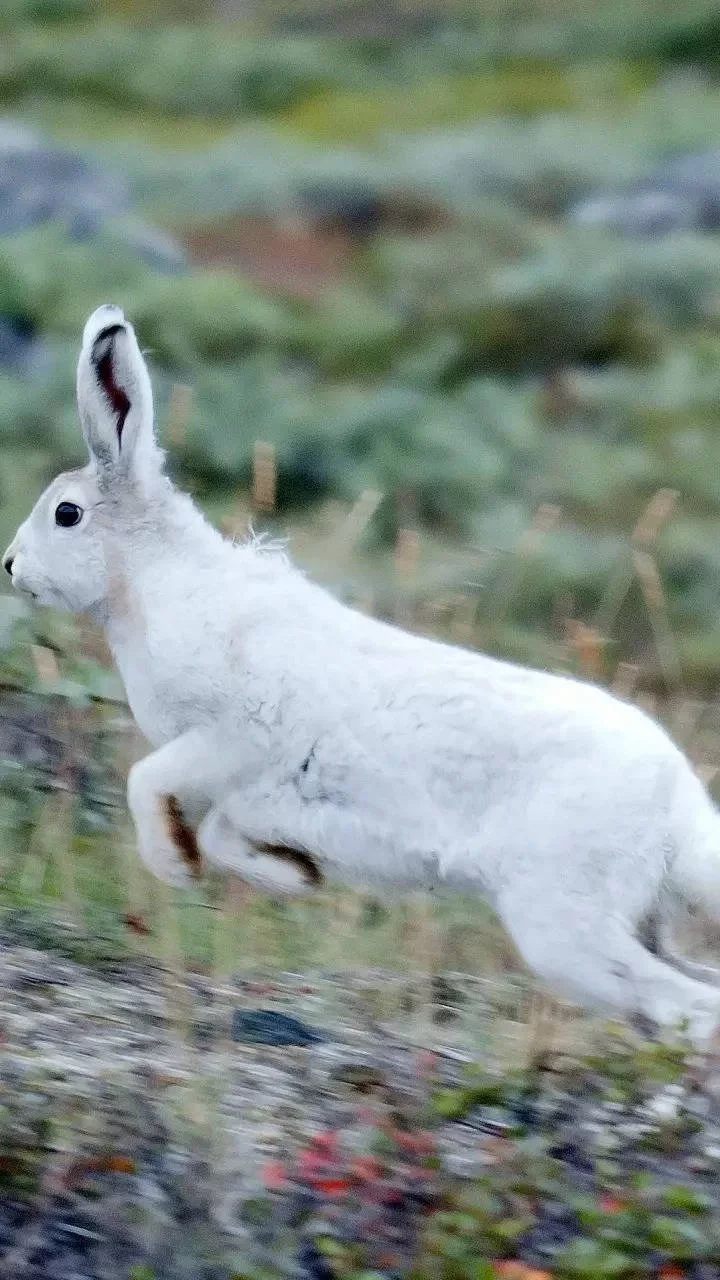
Whenever we think of animals changing their colours, the first name that comes to our mind is a chameleon. But aside from these colourful lizards, there are other animals too who can effortlessly do the same. Their ability to change colours helps protect themselves from their predators as they blend into their natural environment. Here are the 11 colour-changing animals.
Wikimedia-Commons
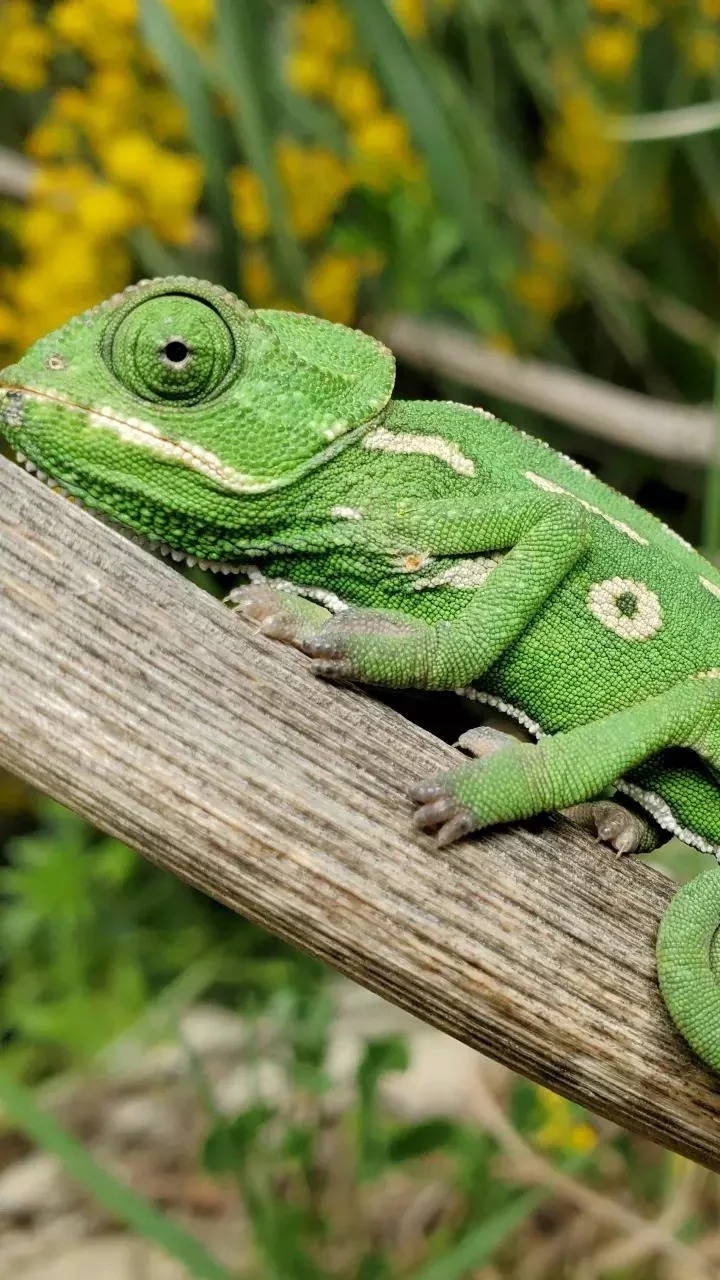
Chameleon
Chameleons are a unique species of lizard and are best known for their distinct range of colours, being capable of shifting to different hues and degrees of brightness. They mostly change colour to regulate their temperatures or to signal their intentions to other chameleons.
Unsplash
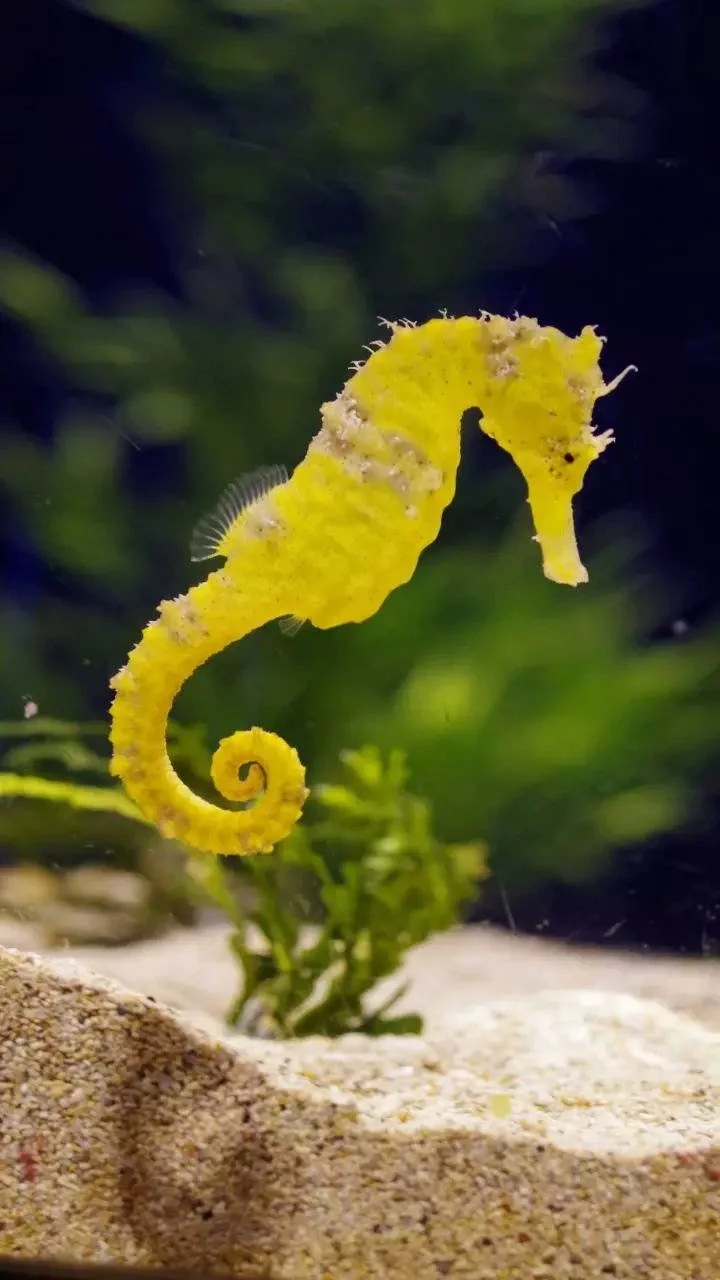
Seahorse
Seahorses are masters of camouflage, able to change their colour and growing skin filaments to blend in with their surroundings. These marine animals also change their colours during courtship displays and as a form of communication.
Unsplash
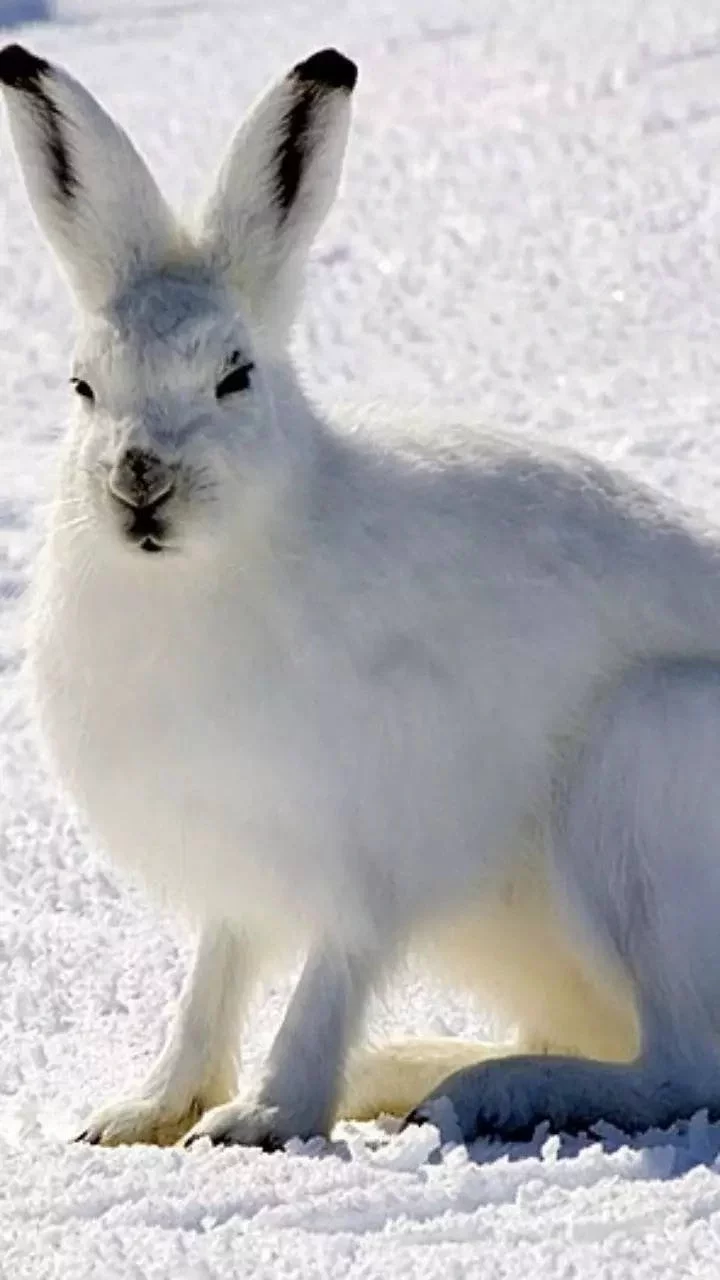
Arctic Hare
The arctic hare's coat is brown and grey during the warmer seasons, they shed this coat in favour of white fur as the season grows colder. This provides excellent camouflage in the land of ice and snow.
Wikimedia-Commons
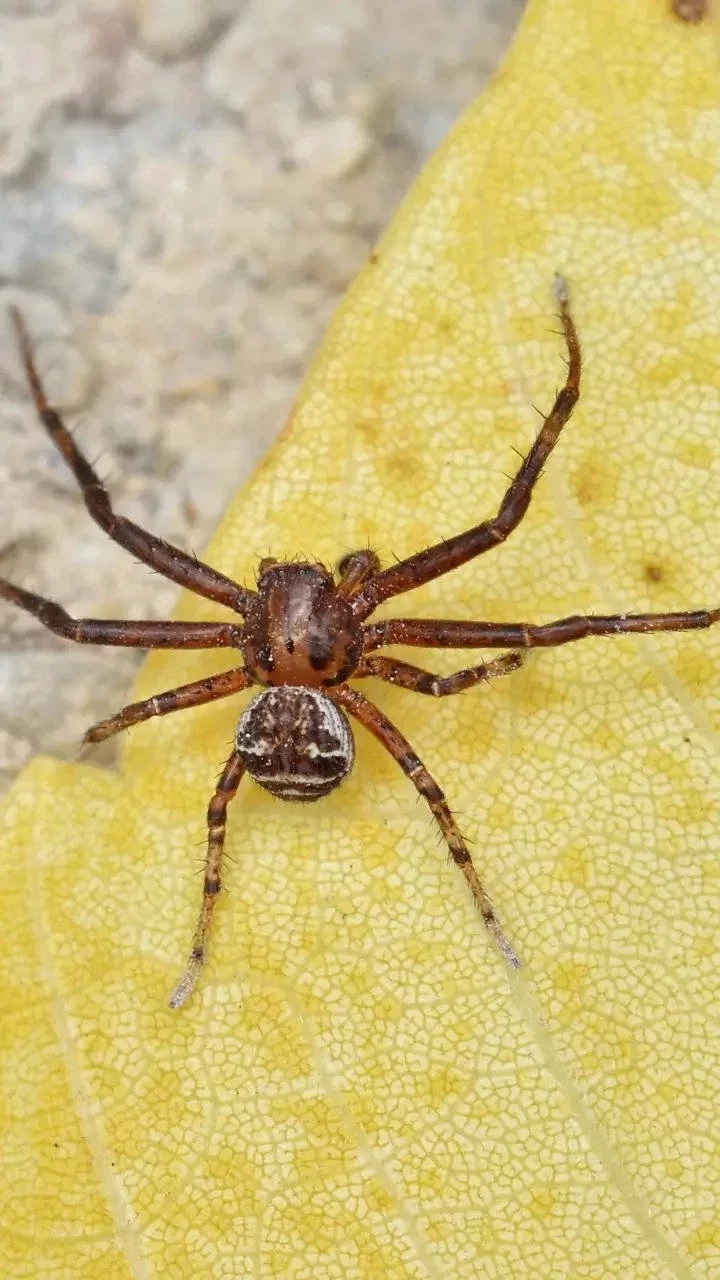
Crab Spiders
Crab spiders usually change colour to hide from their prey. Some spiders release a yellow pigment that enhances their colour-changing process. It is one of the few arachnid species that can change the colour of their bodies to match with that of a flower where they hang out and also stalk their prey.
Wikimedia-Commons
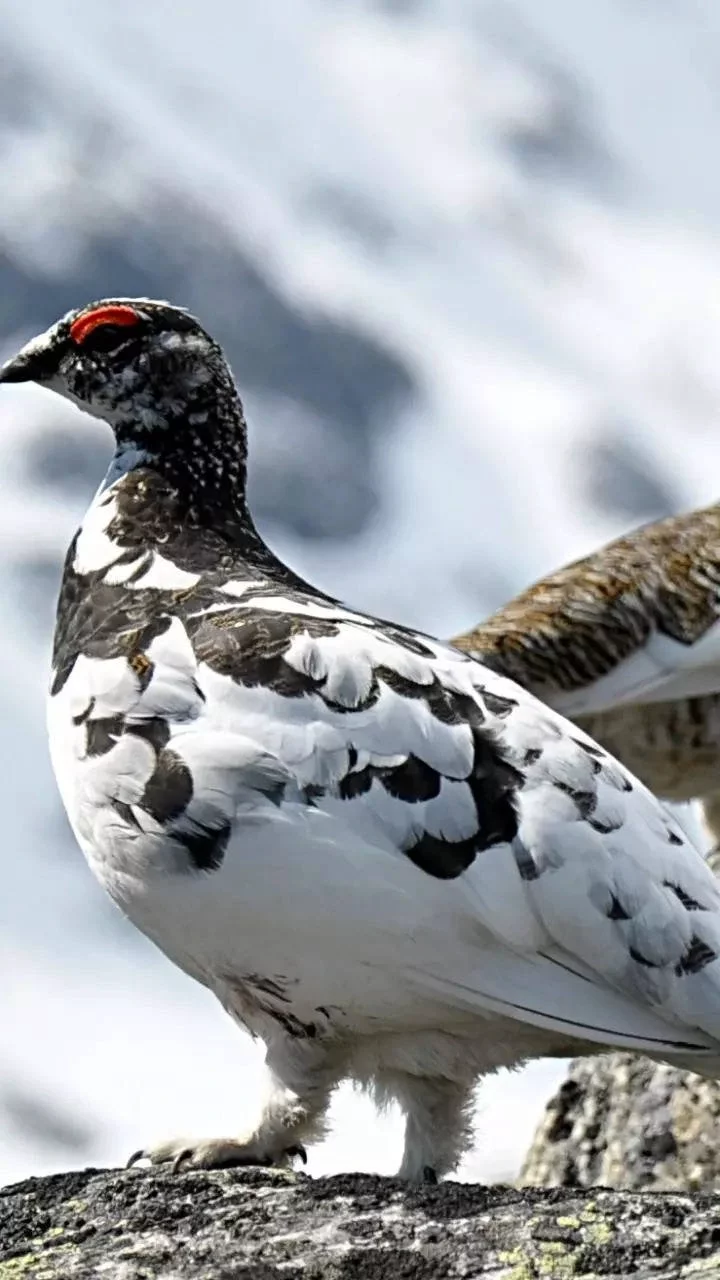
Rock Ptarmigan
Rock ptarmigan earned its name for its ability to blend in with the rock or snow, depending on the time of the season, in the Arctic environment they call home. While many birds molt twice a year, the rock ptarmigan molts three times every year.
Wikimedia-Commons
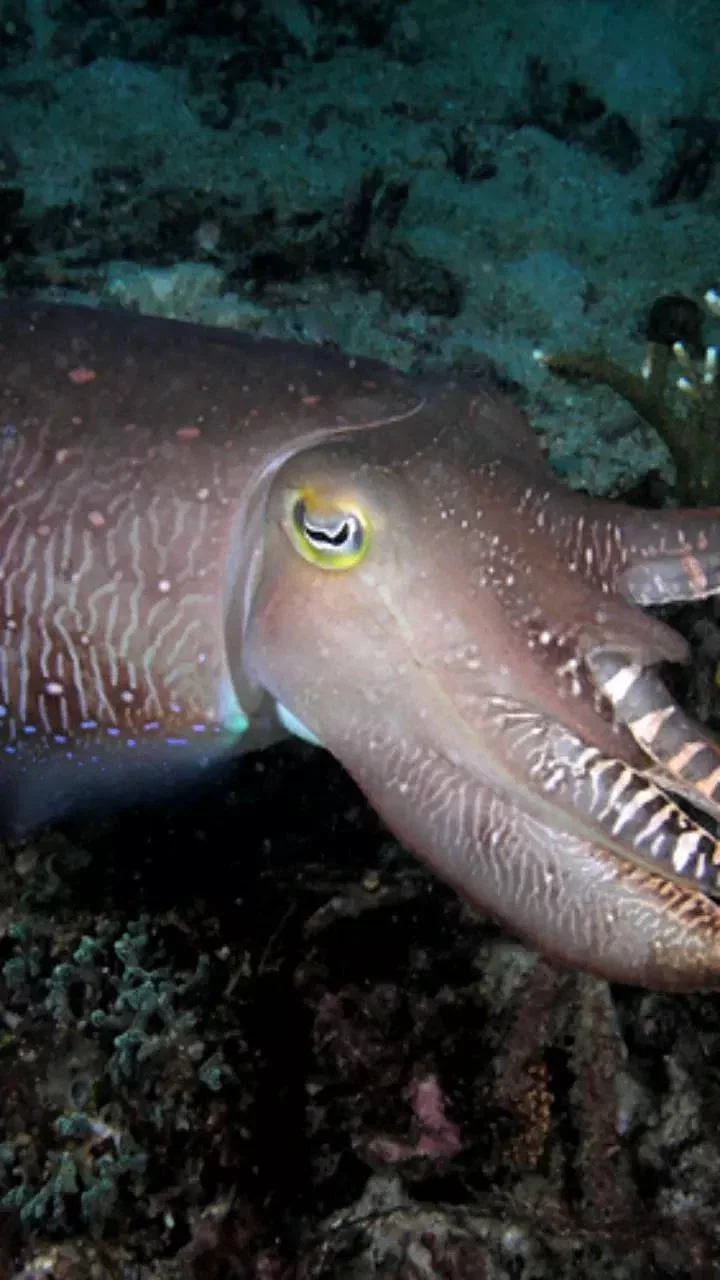
Cuttlefish
Known as the 'chameleon of the sea,' cuttlefish can change extremely quickly, not only with their colour, but also with their texture and reflectance. They do it for inter- and intra-specific communication as well as camouflage.
Wikimedia-Commons
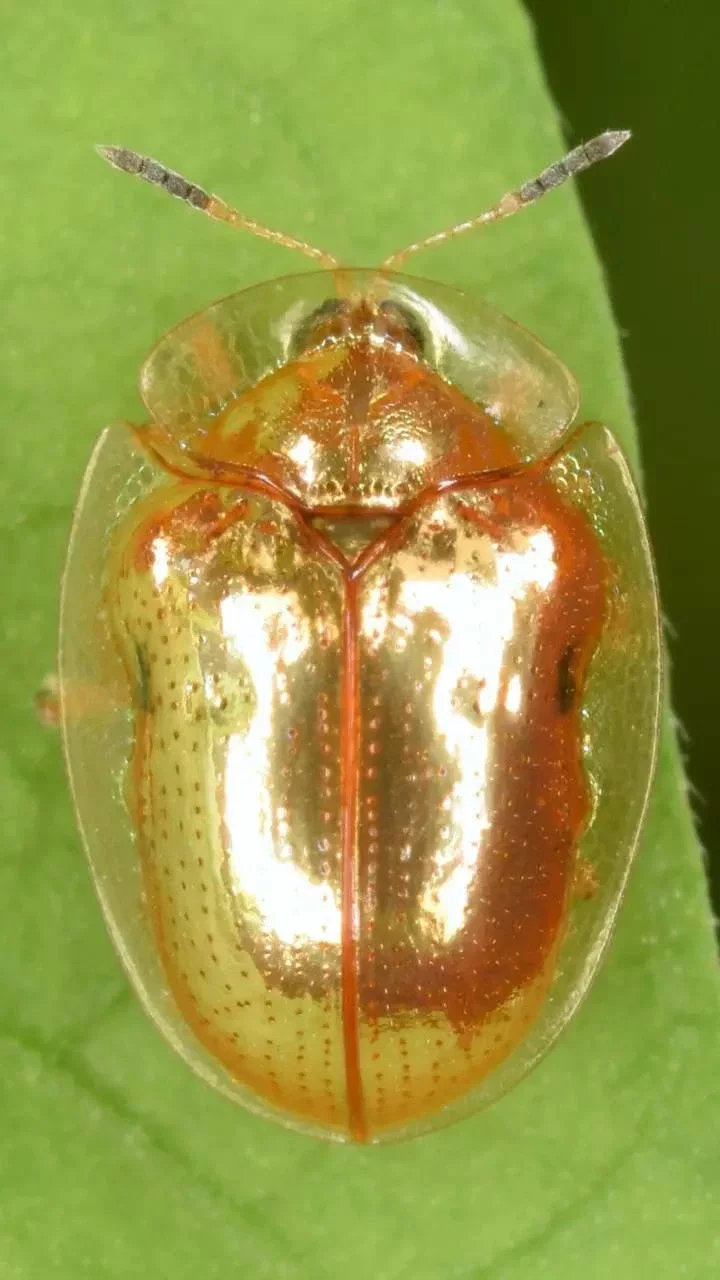
Golden Tortoise Beetle
More than three decades ago, golden tortoise beetles became the first known insect species with the ability to rapidly change colour during copulation. They also do it when they are agitated or disturbed by predators.
Wikimedia-Commons
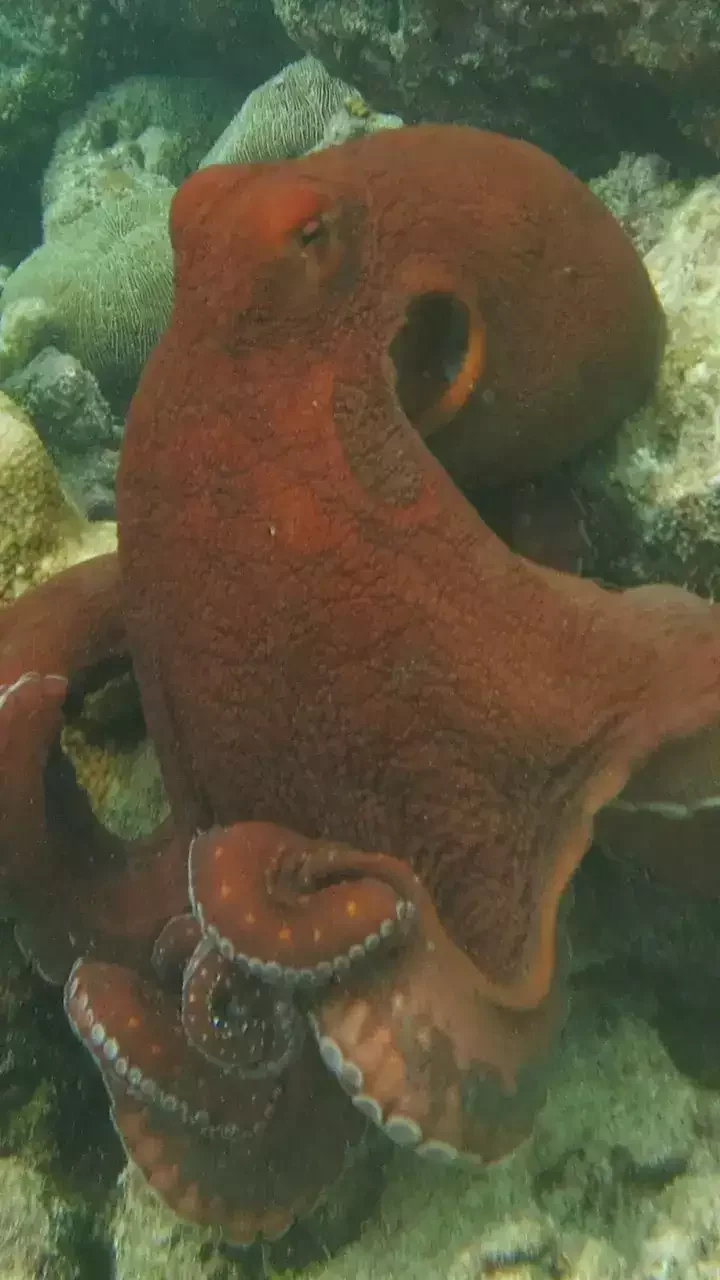
Cyanea Octopus
Cyanea octopus is found in the waters of the Indo-Pacific. This marine animal is especially adept at camouflage and recreating patterns and textures.
Wikimedia-Commons
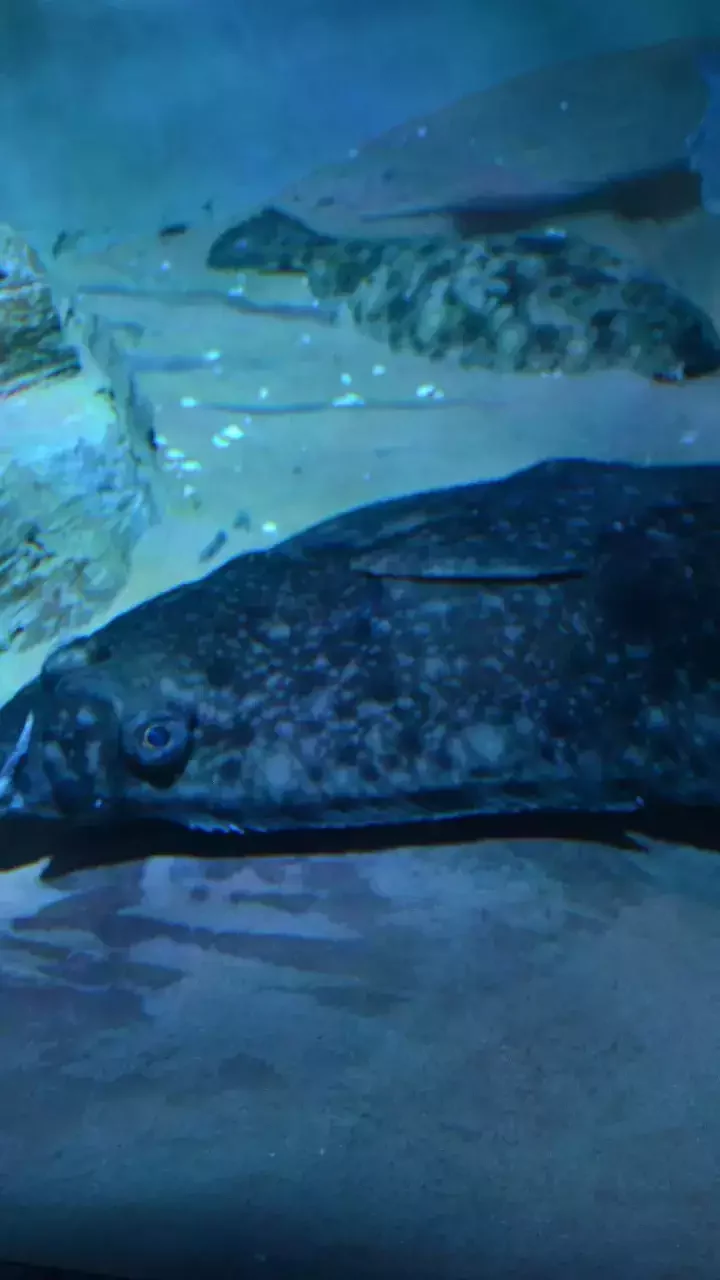
Flounders
Flounders are experts at camouflage and can quickly change colours to match their surroundings. Researchers discovered that flounders depend entirely on their vision to change colour. So, when their eyes are damaged, they have trouble camouflaging.
Wikimedia-Commons
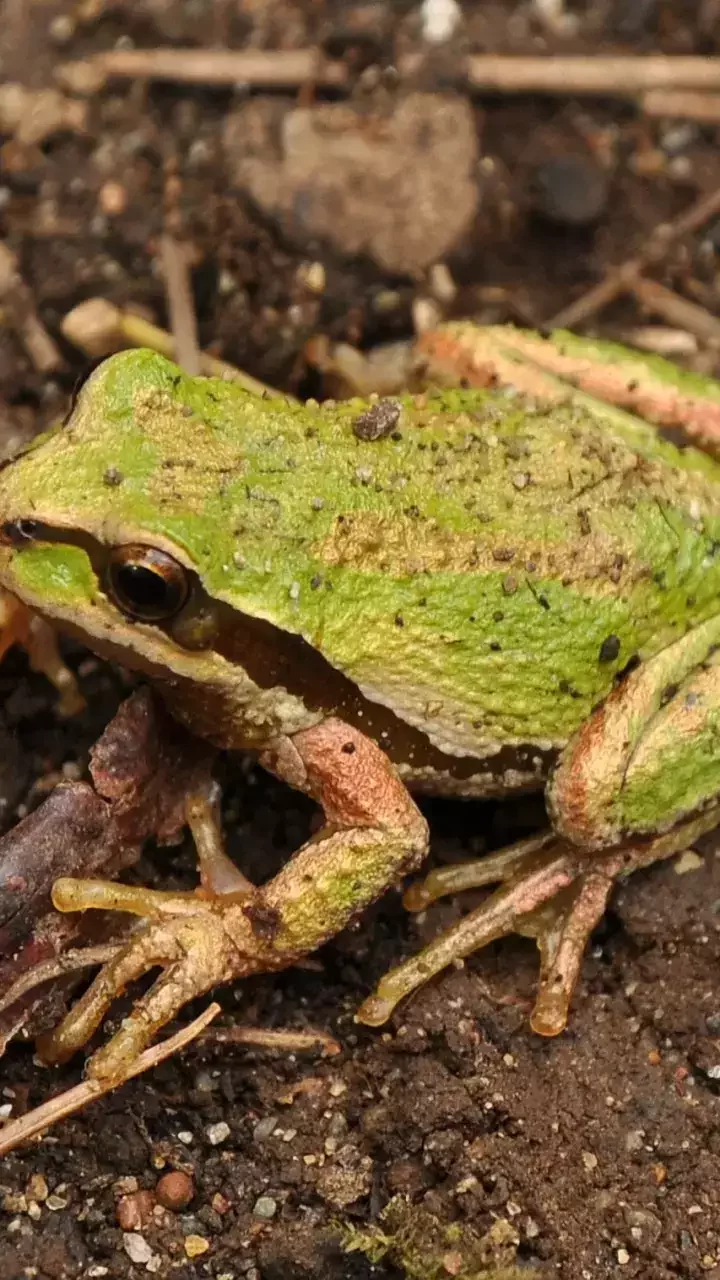
Pacific Tree Frog
The Pacific tree frog is the state frog of Washington State. They are smaller in size than a chicken egg, mostly in shades of green or brown. They can change their colour rapidly from light to dark.
Wikimedia-Commons
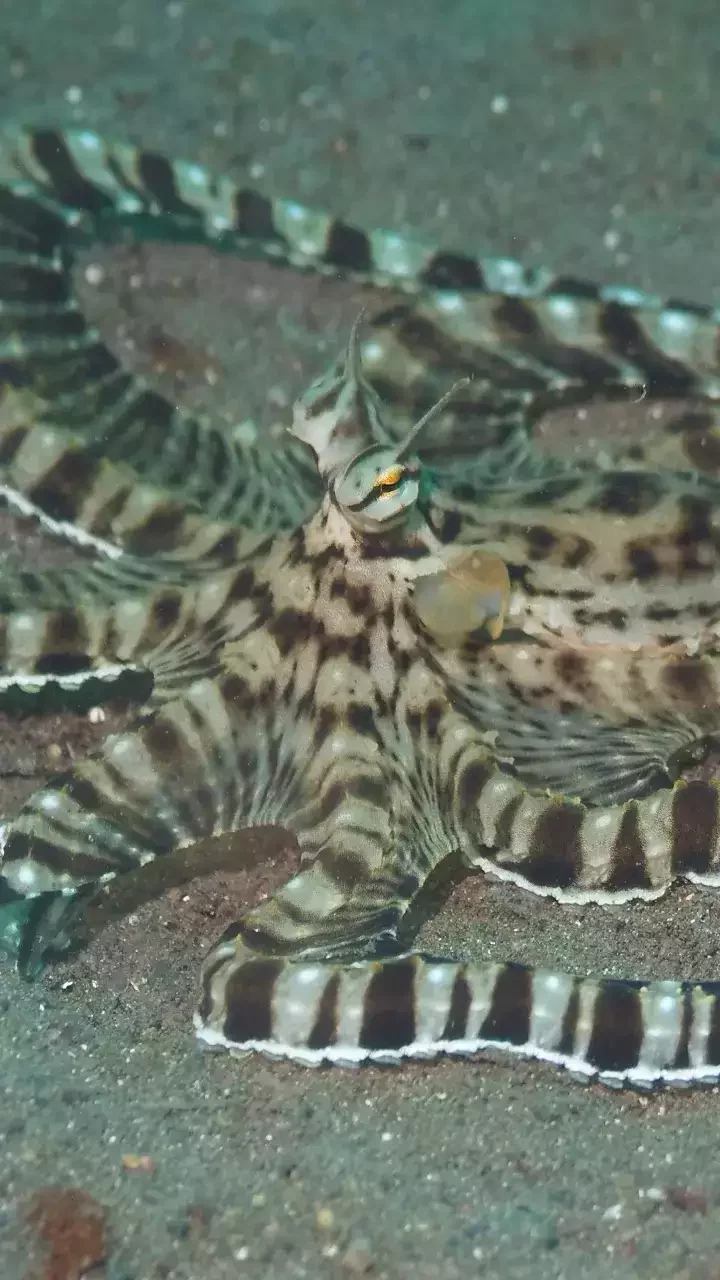
Mimic Octopus
The mimic octopus has a unique way of camouflaging. Rather than blending with the seafloor, it changes its skin colours to its surroundings. They can also mimic other sea creatures such as lionfish, jellyfish, stingrays and sea snakes.
Wikimedia-Commons

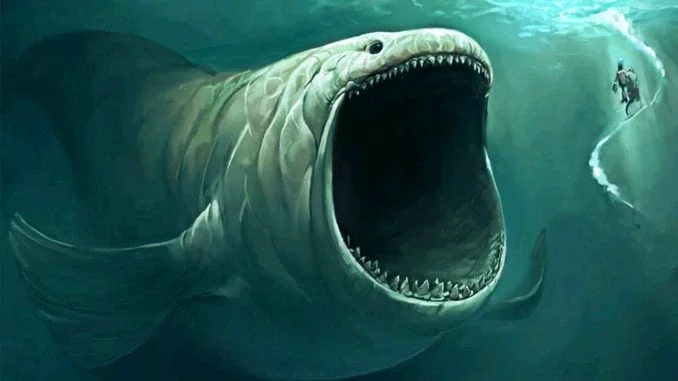
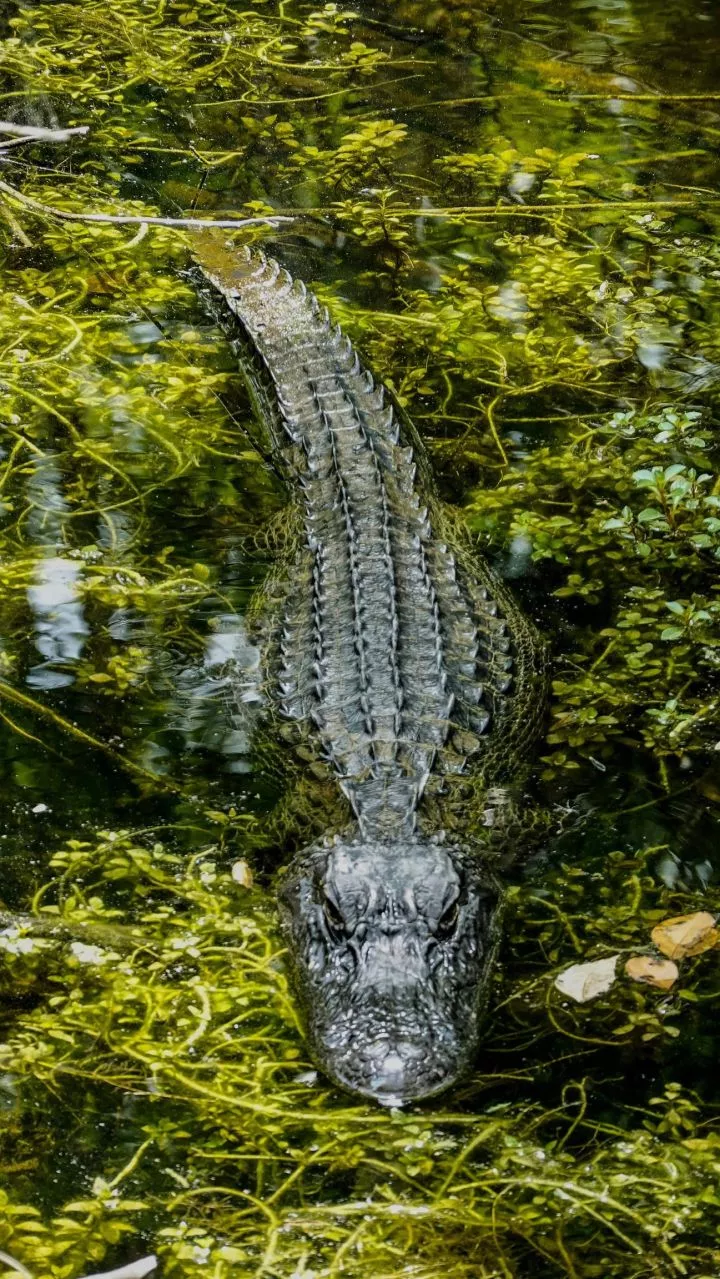
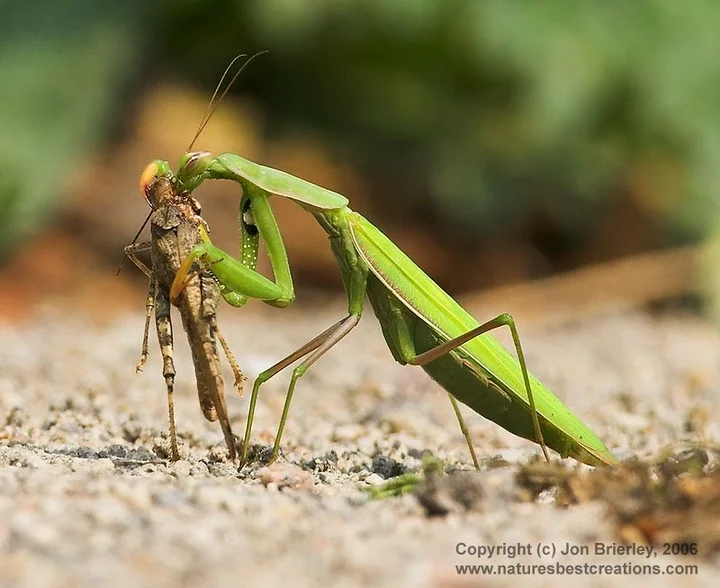
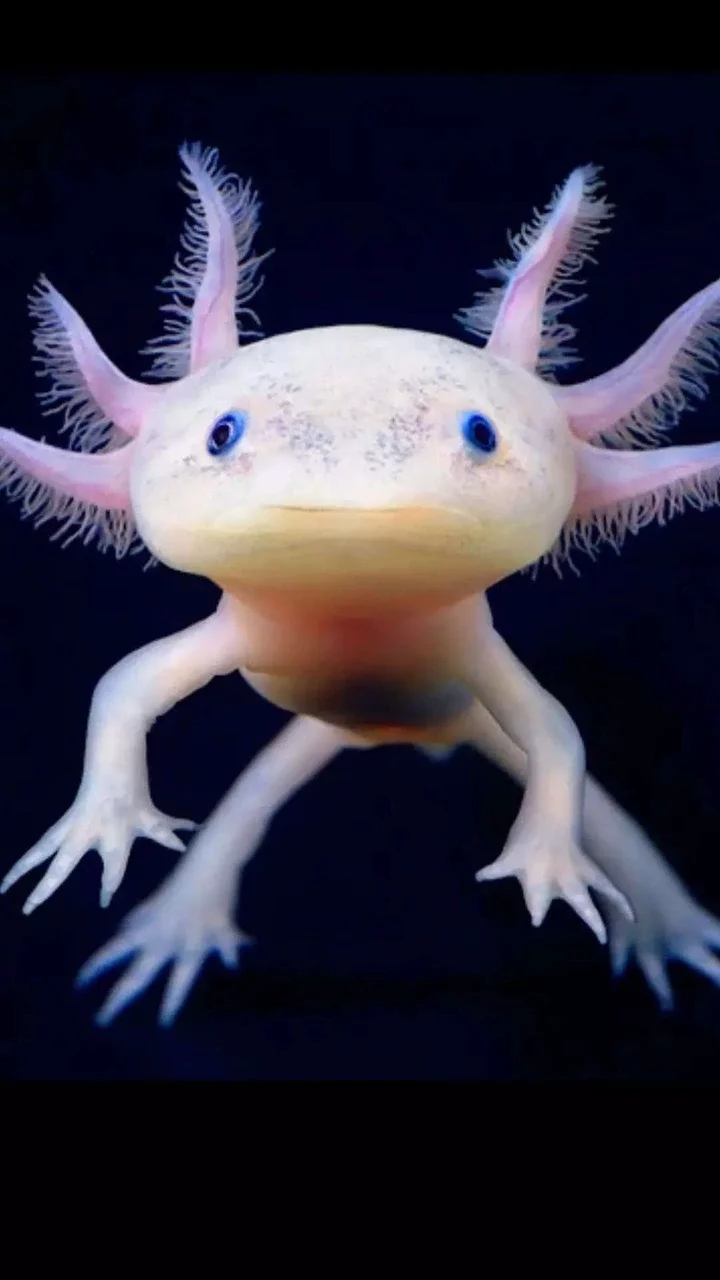
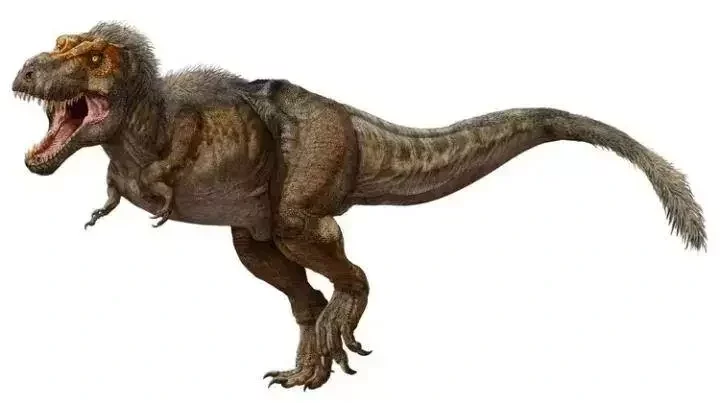
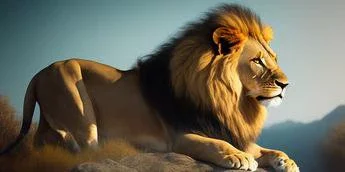










Comments